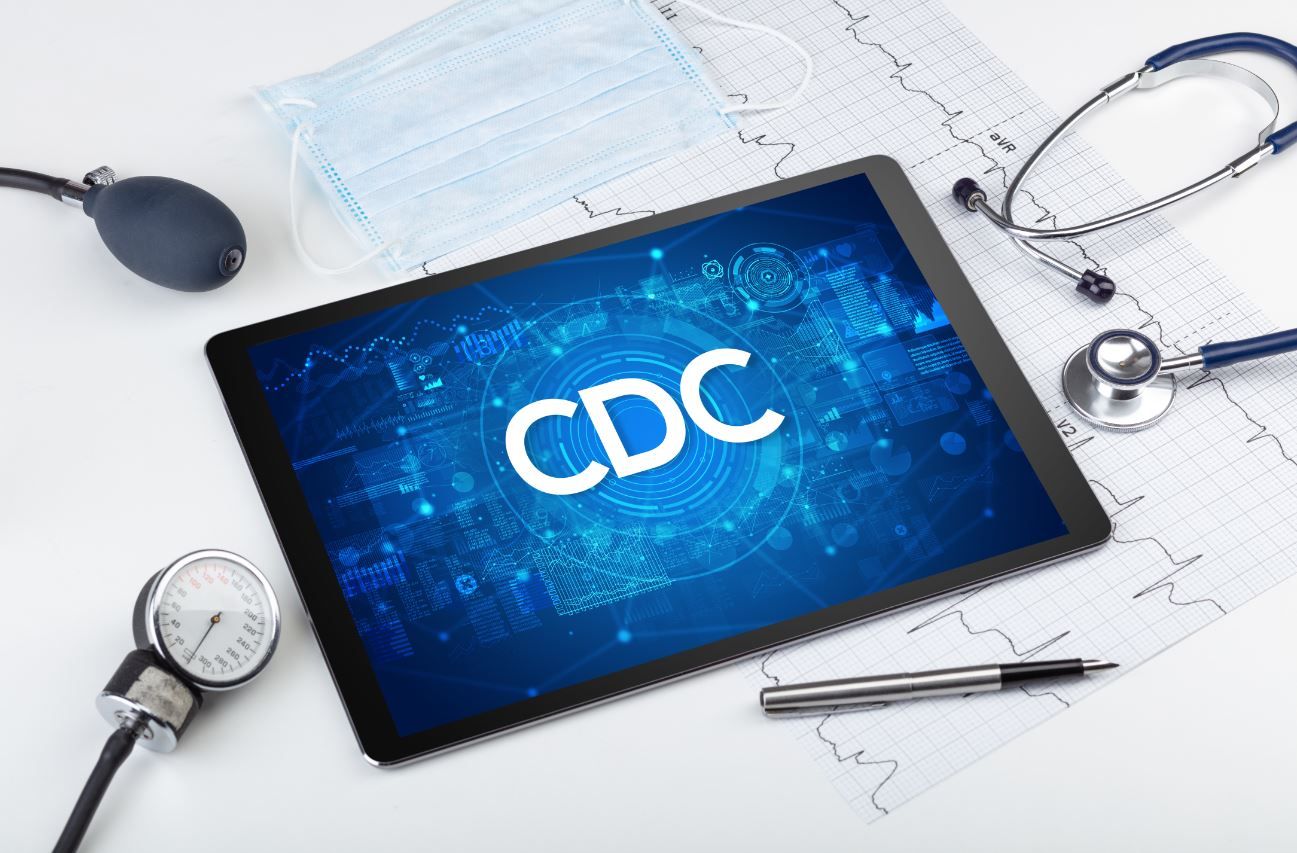New CDC COVID-19 Guidelines Reduce Quarantine Requirement after Exposure
After exposure to COVID-19, asymptomatic individuals in low-risk settings no longer need to quarantine, says the CDC; masking is still recommended.
©ra2 Studio/Adobe stock

The US Centers for Disease Control and Prevention (CDC) has released updated COVID-19 guidelines. The biggest changes came from the health agency significantly reducing quarantine recommendations after COVID-19 exposure.
Now, the CDC says, individuals are not required to quarantine or isolate after suspected COVID-19 exposure, unless they live in a high-risk congregate setting, such as a prison, shelter, or nursing home.
Exposed persons should wear a face mask for 10 days and get tested on day 5. People should monitor themselves for COVID-19 symptoms, but routine testing of asymptomatic individuals is no longer recommended in most low-risk settings.
Exposed persons should wear a face mask for 10 days and get tested on day 5. People should monitor themselves for COVID-19 symptoms, but routine testing of asymptomatic individuals is no longer recommended in most low-risk settings.
As fall approaches, the CDC updated their recommendations for schools as well. Schools are not considered to be high risk, and if a student, teacher, or staffer is exposed but asymptomatic, the CDC says they should wear a protective face mask for 10 days and take a COVID-19 test on day 5.
The CDC cited high levels of population immunity due to vaccination and natural infection as justification for the relaxed COVID-19 guidelines. The protocol updates exemplify the CDC taking a pragmatic approach in the likely event that the COVID-19 pandemic becomes endemic.
“We know that COVID-19 is here to stay,” said Greta Massetti, a CDC epidemiologist, “and the many tools that we have available to protect people from severe illness and death, have put us in a different place.”
“We know that COVID-19 is here to stay and the many tools that we have available to protect people from severe illness and death, have put us in a different place.”
The CDC anticipates infections rising once again this fall, but priorities have shifted to preventing severe and fatal illness, as opposed to potential infection. The new guidelines emphasize the importance of COVID-19 vaccines, as well as the efficacy of antiviral treatments.
However, the CDC reiterated that people who do test positive should still isolate for at least 5 days. The quarantine can end after day 5 if any COVID-19 symptoms, including fever, are significantly reduced, but the individual should still wear a face mask through day 10.
Masks are still recommended when indoors and in areas with high infection rates. This still applies to people who are fully vaccinated and/or recently contracted COVID-19, as the dominant variants, BA.4 and BA.5, are highly effective at evading immunity.